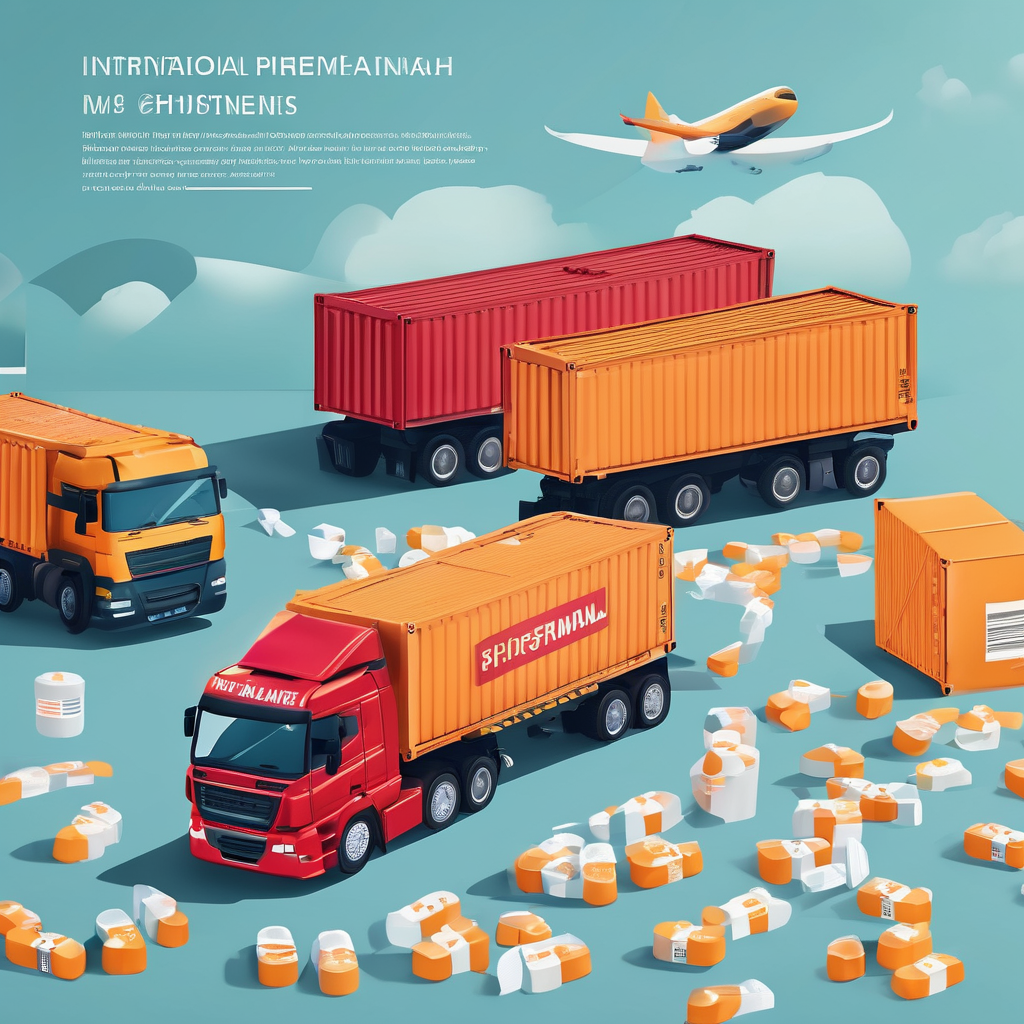The recent announcement by U.S. President Donald Trump to implement new tariffs has added a layer of uncertainty to the global market. Set to take effect next Wednesday, these measures include a considerable 100% tariff on patented drugs and a 25% levy on heavy-duty trucks. This move is consistent with Trump’s persistent strategy to protect U.S. industries under national security claims, further intensifying his aggressive approach to international trade.
These tariffs are not isolated measures but rather an extension of prior actions where tariffs of up to 50% had been imposed on various trading partners. This includes goods like steel and automobiles, signaling Trump’s focus on reducing foreign import reliance to rejuvenate domestic manufacturing. His strategy has previously targeted sectors ranging from electronics to steel, and these new tariffs on goods such as kitchen cabinets, bathroom vanities, and upholstered furniture mark a continuation of efforts to pressure imports and shield American industries.
Critics have raised concerns that such tariffs could provoke retaliatory measures and complicate trade relationships internationally. Furthermore, the domestic impact may see increased costs for consumers and amplified business uncertainties during a time when the economy is still reeling from the effects of the COVID-19 pandemic.
However, supporters within the Trump administration maintain that these tariffs safeguard American jobs and industries, potentially spurring a revival in manufacturing sectors. While challenges are inevitable, proponents argue that these disruptions could yield long-term benefits through fostering a more self-reliant economy.
Globally, the reaction to these tariffs is anticipated to be varied. While some nations may respond with counter-measures, others could opt to negotiate to lessen the impact. This dynamic underscores the delicate balance of leveraging tariffs for diplomatic advantage while managing potential international discord.
In essence, Trump’s tariff policies represent a bold, albeit contentious, component of his administration’s trade strategy. Navigating these challenges will demand strategic dialogue and cooperation as global stakeholders strive for economic resilience and cooperative trade relations.
